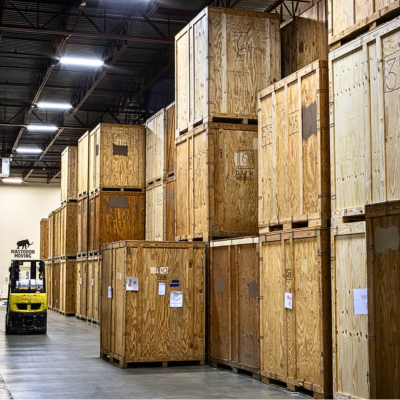How to Properly Pack a Rug for Storage, Shipping, or Transport
Packing a rug correctly is essential for preserving its quality and longevity. Whether you’re storing, shipping, or transporting a rug, improper packing can cause permanent damage like creases, brittle fibers, and color runs. Follow these guidelines to ensure your rug remains in pristine condition.
 Preparing Your Rug for Storage
Preparing Your Rug for Storage
Storing a rug requires proper preparation:
- Clean the Rug: Ideally, have your rug professionally cleaned by experts, who use traditional hand washing methods. If you choose not to wash it professionally, thoroughly vacuum the rug on both sides, avoiding the beater brush if it’s handmade. Sweeping is also recommended.
- Rolling the Rug: Roll your rug from the fringed ends against the nap to avoid wrinkles and crushing. Use your hand to determine the nap direction; roll opposite to the direction of the nap.
- Folding (if necessary): For rugs wider than your storage space, use the one-fold roll or two-fold roll methods. Proper folding techniques are demonstrated in the accompanying video.
- Wrapping the Rug: Use breathable fabric like muslin, cotton, or a bed-sheet to wrap your rug. Avoid paper and plastic, as they can attract pests and cause moisture buildup.
- Choosing a Storage Location: Store your rug in a climate-controlled facility with good air circulation and cleanliness. Elevate the rug at least a foot off the ground to protect it from pests and flooding.
Packing Your Rug for Shipping
When shipping a rug, especially if you’re moving:
-
How to Package Rugs for Shipping
Properly packaging rugs is essential to ensure they arrive at their destination undamaged. Follow this step-by-step guide to adopt the best practices for your business.
1. Roll Up the Rug
Begin by rolling the rug tightly to reduce shipping costs. Pay attention to the fiber direction for a tight roll. Roll along the width from the fringed ends, not side binding to side binding, to prevent wrinkles and creases.
2. Wrap the Rolled Rug
Wrap the rug in acid-free paper or breathable fabric like cotton to protect it from moths. Avoid plastic, which can cause moisture and texture changes. Proper wrapping ensures a tighter roll and easier shipping.
3. Secure the Rolled Rug
Tie the rolled rug with twine or rope to keep it in place. Avoid over-tightening to prevent marks on the rug, ensuring it remains tightly fastened.
4. Measure and Weigh the Rug
Measure the rug’s length, width, height, and diameter using a tape measure. Add 3-4 inches to these measurements for packaging materials.
5. Add Cushioning to the Ends
Pad the rug’s ends with cushioning materials like cotton to protect it during transport. Secure the padding with tape.
6. Place the Rug in a Plastic Sleeve Or Use Shrink Wrap
Wrap the rug in a plastic sleeve for extra protection. Add mothballs to deter insects and secure the sleeve with tape.
For rugs heavier than 150 pounds, contact a local moving company to handle the transport.
Transporting Your Rug
When working with a moving company:
- Proper Labeling and Placement: Label each rug with its intended location (e.g., dining room) to simplify unpacking. Place rugs on top of other items in the moving truck.
- Lifting the Rug: Lift the rug from both ends to avoid creasing. Hiring professional moving services is your best bet when moving a rug.
For smaller rugs (6 x 9 or less), you might be able to transport them in an SUV. For larger rugs or smaller vehicles, use the roll and fold methods.
By following these steps, you can ensure your rug is packed correctly, maintaining its integrity and beauty whether it’s stored, shipped, or transported.

 Preparing Your Rug for Storage
Preparing Your Rug for Storage









